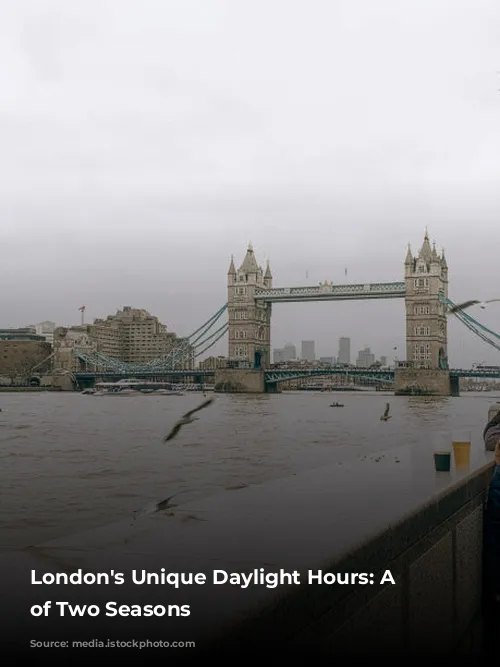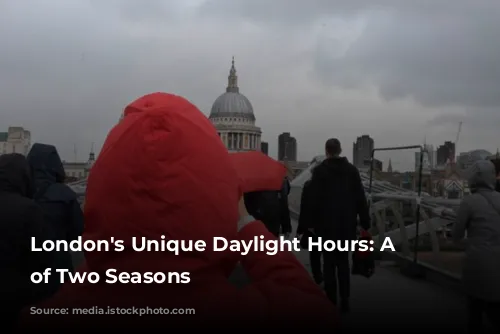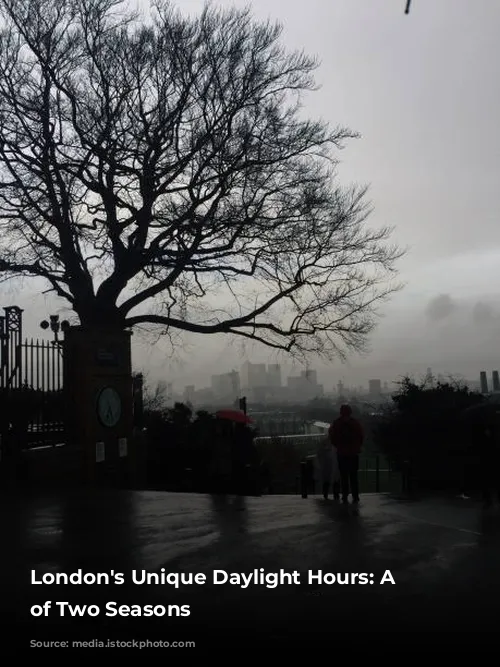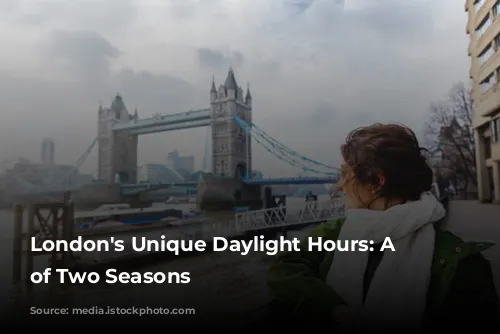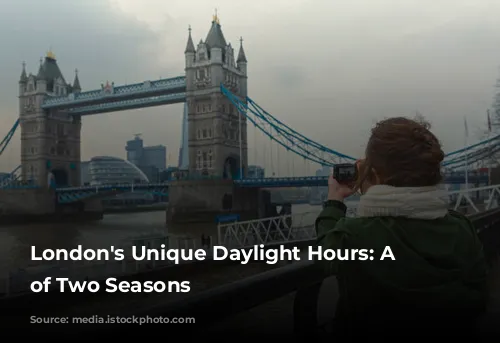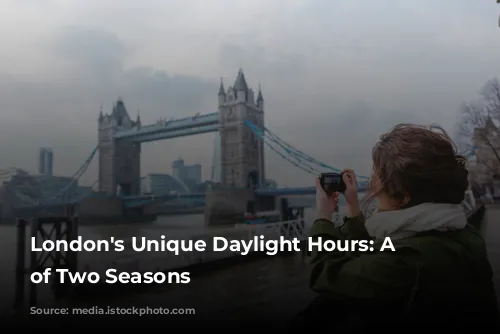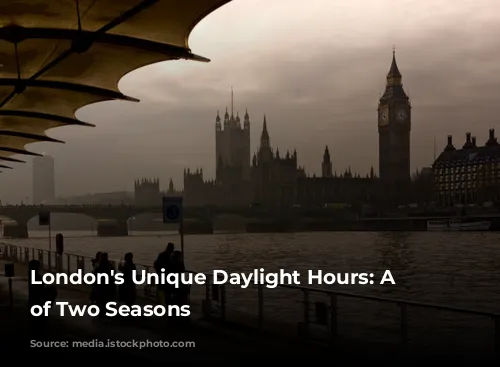Living in London can be a real eye-opener, especially when it comes to the city’s peculiar relationship with daylight. London’s latitude—51°30’ North—plays a significant role in how much sunlight the city receives. As autumn transitions into winter, the days get astonishingly short, almost overnight. By December, the sun barely rises before 8 am and sets around 4 pm, making for some dark commutes! This stark contrast to the long sunny days of California, where I previously resided, took some getting used to.
The opposite happens in the summer months, with the sun peeking over the horizon as early as 4 am. While this may sound appealing, the reality is that it can be tough to get a good night’s sleep when the sun is shining brightly through your window at 5 am. This early morning sun can also make it challenging to put children to bed, especially since the sun doesn’t set until around 9:20 pm in June. Even though we enjoy the longer days and sunshine, most of us still crave those eight precious hours of sleep. To combat the early morning sun, many Londoners rely on blackout curtains to create a dark and restful sleeping environment. These curtains are a lifesaver, not just for blocking out the sun but also for providing some insulation during colder months.
London’s Temperate Climate: A Gift from the Gulf Stream
Despite its northern location, London and the British Isles experience a surprisingly temperate climate. The reason? The Gulf Stream, a warm ocean current that originates in the Caribbean and flows northward, bringing warmth to Western Europe. This remarkable current makes London much warmer than its latitude would otherwise suggest.
As a result, London rarely experiences extreme temperatures, whether it be freezing cold in winter or scorching hot in summer. The average daytime temperature in January hovers around a comfortable 8°C (46°F), while July typically reaches a pleasant 22°C (73°F). While the summer temperature can sometimes reach 25°C (77°F) or even 30°C (86°F), London rarely experiences the kind of sweltering heat common in other parts of the world. Likewise, winter temperatures rarely dip below freezing, although Londoners often rely on heating systems to stay cozy during those chilly nights.

London’s Rainy Days: An Umbrella is Your Best Friend
London is a city that embraces its rainy days. While the total rainfall isn’t excessively high (around 23 inches/58 centimeters a year), rain showers are a frequent occurrence, often arriving in the form of a gentle drizzle. The best way to navigate London’s rainy days is to have a small, lightweight umbrella or a waterproof jacket readily available. Thunderstorms can occur occasionally, bringing heavier downpours, but most of the time the rain is a light and refreshing sprinkle.

London’s Rare Snowfalls: A City’s Unexpected Stand Still
Snow is a rare visitor to London, much to the dismay of the city’s children. This is mainly due to the significant heat generated by London’s buildings and cars, which prevents temperatures from dropping low enough for snow to accumulate. London’s urban heat island effect keeps the city several degrees warmer than the surrounding countryside.
However, when snow does grace London, it can bring the entire city to a standstill. Snow and ice can disrupt both Underground and train services as trains struggle to operate in these slippery conditions. The Underground, which is primarily underground only in the city center, becomes vulnerable to snow and ice as its lines extend beyond the city limits. The greatest impact of snow, however, is on London’s traffic. Just a small amount of snow can create major disruptions, leading to gridlock and chaos. This is exacerbated by the fact that many Londoners are unaccustomed to driving in snow, leading to misjudged conditions and accidents.
One memorable experience I had involved a snowy afternoon trip to a mall in North London. Although the snow was just starting to fall, it quickly accumulated, creating a winter wonderland in a matter of hours. This may seem like nothing for those accustomed to snowy winters, but in London, even a small amount of snow can paralyze the city. That evening, I spent over two hours trying to navigate the mall’s parking lot! The snow came down so quickly that the local borough didn’t have time to grit the roads with sand and salt. The situation was further complicated by the mall’s entrance and exit being located on a slight hill, which proved to be a challenge for drivers in the snowy conditions. Accidents and gridlock ensued as people attempted to flee the crowded mall. I later learned that some people were unable to leave the mall that night and were forced to spend the night there. This serves as a reminder that when snow hits London, the city can grind to a halt until the snow melts.
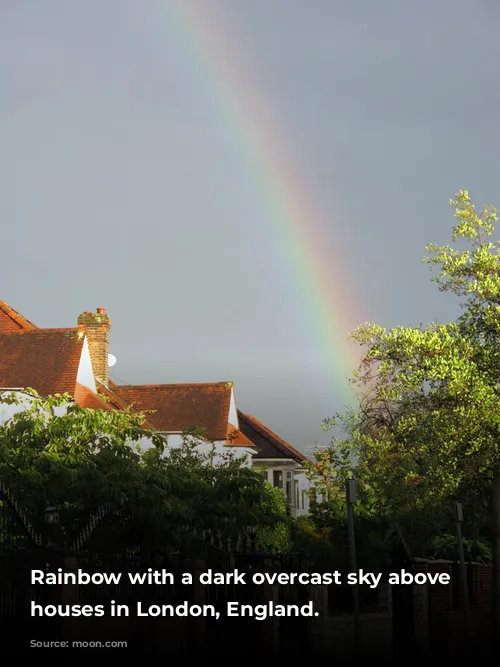
London’s Changing Climate: A Time for Adaptation
In recent years, Britain’s usual weather patterns have started to shift. After a prolonged period of mild winters, the past few years have brought colder temperatures and more rain. This increase in extreme weather could be part of Northern Europe’s long-term weather cycles, or it could be a more alarming sign of climate change. Regardless of the cause, London must adapt to the effects of wetter and colder weather, becoming more prepared to deal with the challenges these conditions present.
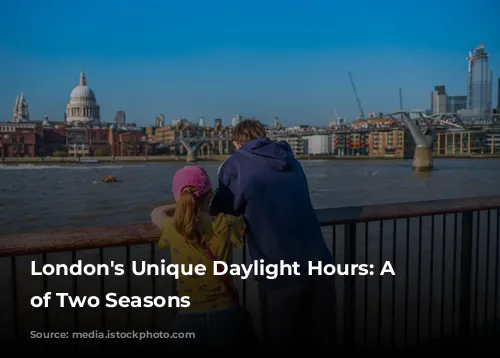
London’s Summer Heat: A Rare Treat
While London rarely experiences sweltering summer temperatures, it does enjoy a few pleasant days each year when the temperature reaches the low 80s (F). During these warm spells, Londoners flock to the parks to soak up the summer sunshine. However, it’s important to note that London homes are not typically designed for hot weather, and air conditioning is not a common feature. I can recall only one unbearably hot summer in my two decades living in London, the summer of 2003. Other than that, London’s summers tend to be relatively mild and sometimes even damp, as any Wimbledon tennis fan can attest.
